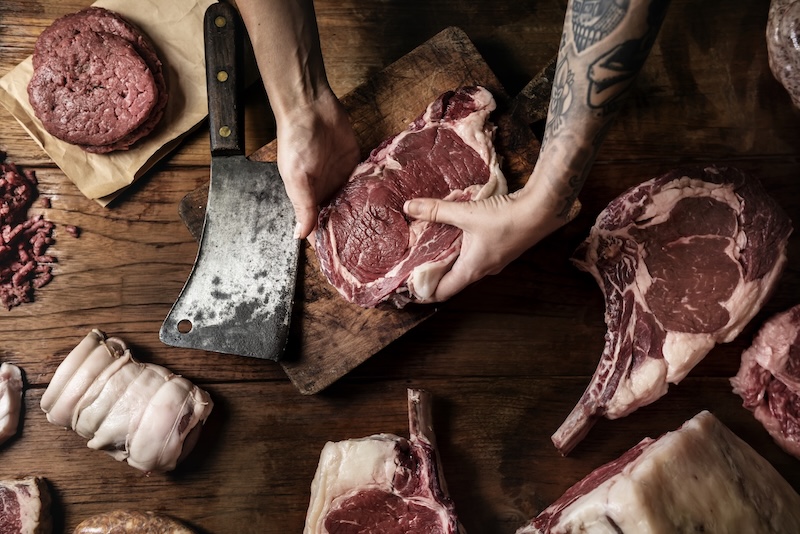Understanding Beef Cuts

The Ultimate Guide to Beef Cuts and What They're Best For
Whether you're stocking the freezer or planning a BBQ, knowing your beef cuts helps you cook smarter and eat better. Each cut comes from a different part of the animal and varies in tenderness, fat content, and flavor. Here’s a breakdown of the most common beef cuts and how to use them.
1. Chuck
Location: Shoulder
Best For: Slow cooking, stews, mince
Why: Chuck is tough with lots of connective tissue, but when slow-cooked, it becomes tender and flavorful. Ideal for casseroles and slow roasts.
2. Rib
Location: Upper rib section
Best For: Grilling, roasting
Popular Cuts: Ribeye, Scotch fillet, Prime rib
Why: Marbled and tender, rib cuts are juicy and full of flavor. Great for high-heat methods like BBQ or pan-searing.
3. Sirloin
Location: Back, near the rear
Best For: Grilling, pan-frying
Popular Cuts: Porterhouse, T-bone, Sirloin steak
Why: Tender with a fine texture. Great balance of flavor and leanness. Often used for classic steak dinners.
4. Rump
Location: Rear leg
Best For: Grilling, roasting, stir-fry
Why: Lean and flavorful, though slightly chewier. A versatile cut for marinating, quick searing, or oven roasting.
5. Tenderloin (Fillet)
Location: Inside the sirloin, along the spine
Best For: High-heat searing, grilling
Why: The most tender cut of beef. Great for filet mignon or beef Wellington. Cooks quickly and doesn’t need much seasoning.
6. Brisket
Location: Chest/breast
Best For: Smoking, slow roasting
Why: Needs long, slow cooking to break down fat and collagen. Popular for BBQ, corned beef, or pulled brisket.
7. Flank
Location: Lower abdominal muscles
Best For: Stir-fry, fajitas, grilling
Why: Lean and flavorful but needs slicing against the grain. Cooks quickly and takes on marinades well.
8. Skirt
Location: Diaphragm area
Best For: Fajitas, tacos, stir-fry
Why: Similar to flank but more fibrous. Full of beefy flavor and great when marinated and cooked hot and fast.
9. Shin/Shank
Location: Lower leg
Best For: Slow cooking, soups, stock
Why: Very tough but packed with collagen. Perfect for beef bourguignon, osso buco, or rich broths.
10. Blade
Location: Shoulder
Best For: Grilling (flat iron), slow cooking
Why: Blade steaks are tender when trimmed properly. Great on the BBQ or in a slow-cooked stew.
11. Silverside
Location: Outside of the rear leg
Best For: Corned beef, roasting
Why: Lean and great for slicing. Traditionally used for corned beef or roast beef.
12. Topside
Location: Inner thigh
Best For: Roasting, schnitzel
Why: Lean and uniform in shape. Good for slicing thin or oven roasting.
Final Tip:
The tougher cuts (like chuck, shin, and brisket) shine when cooked low and slow. Tender cuts (like ribeye or tenderloin) are best seared or grilled quickly. Match your method to the cut, and you'll get the best out of every piece.
